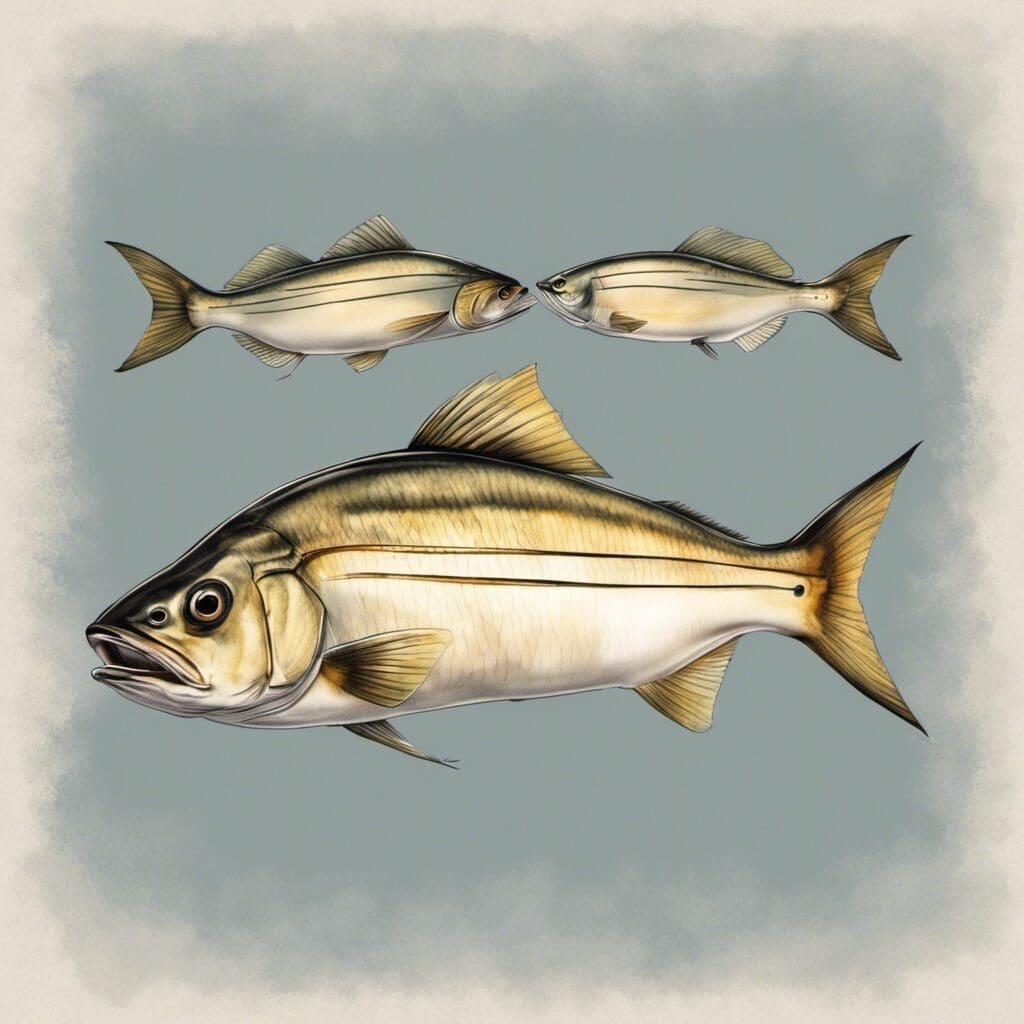Introduction
Threadfin Salmon, often referred to as ‘King Threadfin’, is a member of the Polynemidae family. Known for its distinctive, long pectoral filaments, or ‘threads’, this species is a well sought after catch for anglers across the globe.
Conservation Status
Threadfin Salmon is not currently listed as endangered or vulnerable and has a stable population trend. That being said, overfishing and habitat loss have been noted as potential threats to their population. Conservation efforts are thus focused on sustainable fishing practices and habitat preservation.
Statistics
| Statistic | Average | Range |
|---|---|---|
| Length | 100cm | 50-150cm |
| Weight | 6.8kg | 1-14kg |
| Average Lifespan | 10 years | – |
Distribution
Threadfin Salmon are found across the Indian and Pacific ocean basins, spanning from the Persian Gulf to Japan to Australia. Whilst they generally maintain a relatively local habitat, some migration patterns have been noted, particularly during spawning seasons.
Habitats
Threadfin Salmon inhabit tropical and subtropical areas, frequenting both freshwater and saltwater environments. They are typically found at depths of up to 50 metres in waters where the temperature ranges from 26 to 30 degrees Celsius.
When and Where to See
Threadfin Salmon is often observed year-round, but more so during summer months. They are most active during dawn and dusk, making it the ideal time for sighting or angling.
Best Fishing Locations
Here’s a list of top 10 places to catch your Threadfin Salmon:
- Mackay, Australia
- Kimberley, Australia
- Sarawak, Malaysia
- Hakodate, Japan
- Kuching, Borneo
- Kedah, Malaysia
- Port Hedland, Australia
- Bundaberg, Australia
- Penang, Malaysia
- Gold Coast, Australia
Locating Threadfin Salmon when in unknown waters entails identifying mangroves, river mouths, and muddy bottoms in tropical and subtropical waters, as these are their preferred habitats.
How to Catch
Preferred baits for this species include prawns and small fish, whereas silver and gold lures are known to be effective. Threadfin Salmon is commonly caught using bottom fishing techniques, although trolling can also be used during the right seasons. Dawn and dusk are the best times for fishing this species.
Identification Guide
Threadfin Salmon are generally bronze to greenish-grey in colour, with yellow to silver undersides. They are characterized by their elongated body and dorsal fins. The pectoral filaments or ‘threads’ extending from beneath the pectoral fins are distinctive and are often longer than the body itself.
Culinary
Threadfin Salmon is a well-regarded culinary species, known for its firm, white flesh and delicate, sweet flavour. Unknown nutritional information, recipes or how to cook suggestions can be found from local cookbooks or seafood guides.
Additional Information
Threadfin Salmon are often seen feeding near river mouths and estuaries, where they consume a diet primarily made up of prawns and small fish. Major predators include larger fish species and marine mammals. Overfishing from commercial and sport fishing represent the largest threats to this species.
References and Further Reading
- Fishes of Australia: King Threadfin
- Australian Museum: King Threadfin
- FishBase: Threadfin Salmon

